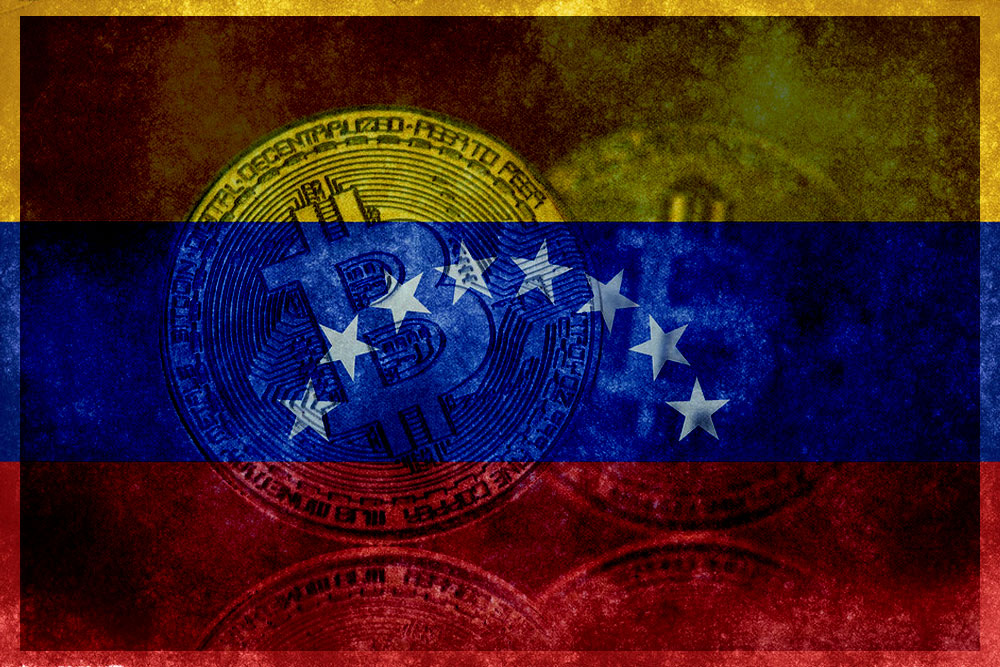True consumer protection in crypto lies between centralization and decentralization

Narratives about crypto regulations and compliance, or lack thereof, are increasingly missing the point. The overall purpose of financial regulation is to maximize consumer protection, prevent fraud and abuse, and ensure orderly markets. Broadly, the mission is the same in every jurisdiction, and for every financial regulator.
The conversation in crypto has been overly centered on the crypto industry at the expense of the crypto user. As long as we focus too much on whether specific exchanges must follow new or existing regulations, we miss the chance to consider how consumers can best benefit from
Timothy Cradle is director of regulatory affairs at Blockchain Intelligence Group and compliance advisor for Biokript.
As a director of regulatory affairs and compliance consultant, I tend to look at crypto regulation and compliance from a passionate point of view. I have to put ideology aside when recommending or trying to implement a compliance framework for clients. It boils down to a simple question: “What needs to be done to ensure compliance.” Too restrictive and it affects their business model negatively. Too permissive and it sets them up for long-term failure (often in the form of an enforcement action).
I am certainly not alone. As a former chief compliance officer for a crypto startup, I know other compliance professionals who take personal responsibility for the compliance programs they recommend, so getting it wrong is a career-existential concern. When looking at the two opposing operating models of crypto, decentralized and centralized services, the potential flaws of each can only be resolved if each extreme borrows from the other.
In fact, this past week, the US Treasury Department highlighted many of the notable financial crime risks decentralized finance (DeFi) poses – including money laundering, theft, fraud and sanctions evasion. The agency noted “DeFi services often have a controlling organization that provides a measure of centralized administration and governance.”
In my compliance view, this means that it is neither impossible nor unreasonable to impose the same type of regulatory controls expected of a centralized institution. In fact, the anti-money laundering bill presented to the US Senate in December 2022 appears to reach the same conclusion as it seeks to bring any service that “facilitates digital asset transactions” into the purview of the Bank Secrecy Act ( USA). law against money laundering). We don’t need the government to tell us that DeFi is uniquely risky; a simple search for crypto theft, carpet pulling, hacks and scams will point to a number of DeFi failures.
The centralized players obviously have their own problems. In the past month alone, we have seen stark revelations about Binance and its avoidance of the most basic forms of compliance, namely know-your-customer (KYC) and regulatory registration rules. Binance is being sued in the US, is likely to pull out of Canada and the UK and could lose its license in Australia (whose regulator included a full list of Binance’s regulatory failures in its license announcement).
We have also seen several players in the US incur fines for not registering their securities products with the Securities and Exchange Commission, which of course means that little or no consumer protection was in place for the users of these products. All of this happened after the year of shame, which was 2022, when billions of dollars worth of crypto was lost to outright fraud, market manipulation, embezzlement, and bankruptcy—losses that were largely preventable if these players weren’t also in direct control of users’ assets.
So what do we need from both sides to make the other work well?
From centralized entities: transparency and accountability. An inherently accountable organization with individuals who face the public. In other words, a regulated entity that is required to ensure that it acts in the best interests of its users discloses the risks honestly and may be compelled to make the necessary disclosures to that effect. (And no, unattributed transactions on a blockchain are not sufficient levels of transparency.) These firms also need to implement cybersecurity, fraud, and money laundering—a smart contract audit alone won’t do it.
From decentralized entities: transaction settlement resides with the service, while asset custody always remains with the user.
We must remember that the ultimate goal of crypto is to provide individuals with a better financial system than what they have received from older systems. The ultimate goal of regulation is to ensure that consumers are protected. We get the best result by blending these two philosophies, just as we must blend the philosophies of centralized finance and decentralized finance to achieve a system that is fair and beneficial to all participants.
The right rules to monitor crypto are already in place to protect consumers, what the industry needs now is to embrace the right aspects of centralization without losing the principles of decentralization.
























